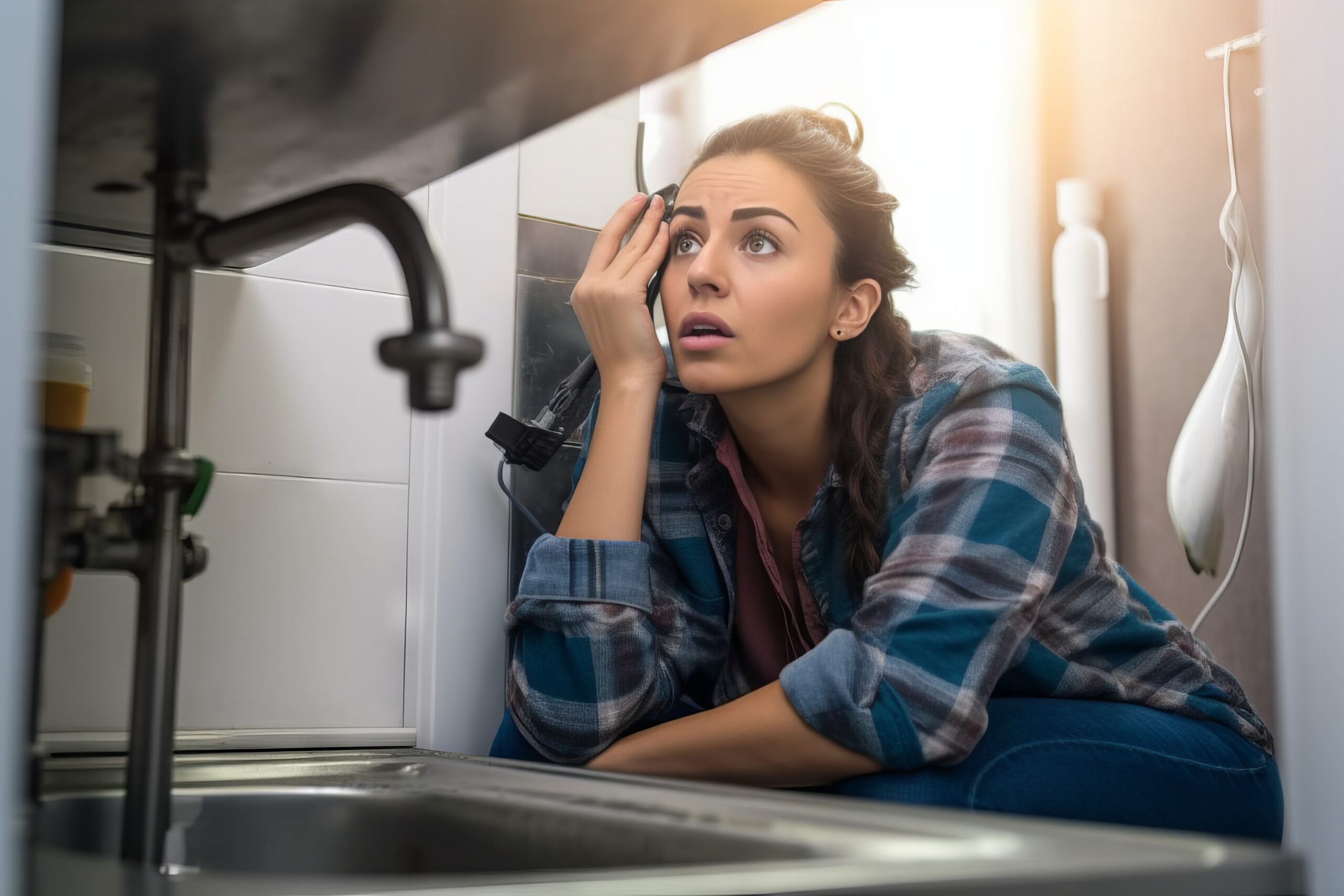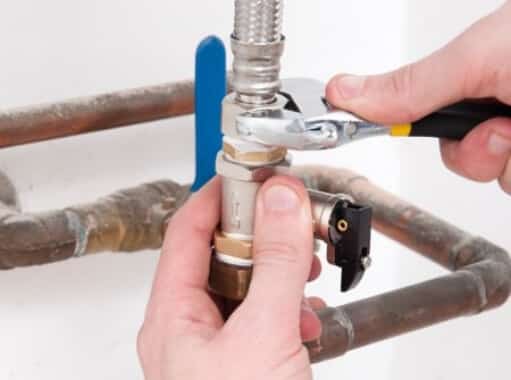This great article which follows about Main Plumbing Issues Found in Old Houses is truly captivating. Read it for your own benefit and decide what you think of it.

Older homes typically come with beauty, character, and history, yet they can additionally bring a host of pipes concerns. Whether you're dealing with aging pipelines, low tide pressure, or leakages, recognizing exactly how to deal with these usual issues is essential to maintaining a secure and useful home. In this overview, we'll check out the normal plumbing challenges faced by older homes and supply useful solutions to maintain your plumbing in leading shape.
Recognizing Typical Pipes Issues
Aging Pipelines
Among the most typical issues in older homes is maturing pipes. Depending upon the age in which your home was built, the pipelines might be made from products that have deteriorated with time, such as galvanized steel, cast iron, or even lead. These materials can rust, end up being brittle, or develop leaks, causing water damages and potential health hazards.
Low Tide Stress
If you're experiencing low water pressure, it could be because of natural resources, corrosion inside the pipes, or old fixtures that are no longer functioning effectively. This can be a major trouble, specifically in locations like showers and sinks.
Leaking Pipes
Leakages are one more constant issue in older homes, typically caused by corroded or damaged pipes. Even little leakages can bring about considerable water damages, mold and mildew growth, and raised water expenses if not resolved without delay.
Obsolete Fixtures
Outdated plumbing fixtures such as faucets, toilets, and showerheads not only look old yet may additionally be less efficient, vulnerable to leaks, or incompatible with modern plumbing standards.
Pipeline Rust
Deterioration is a common issue in older pipelines, especially those made from galvanized steel or actors iron. Corroded pipelines can restrict water circulation, cause staining, and at some point bring about leakages or pipeline ruptureds.
Examining the Problem of Your Plumbing
Inspecting Noticeable Pipes
Start by examining any visible pipelines in your home, such as those in basements, crawl spaces, or under sinks. Seek signs of corrosion, leaks, or corrosion, which can indicate underlying problems.
Checking for Leakages
Check for leakages by evaluating areas around faucets, toilets, and under sinks. You can additionally monitor your water meter prior to and after a period of no water use to spot covert leaks.
Water Quality Testing
Older pipelines can influence the quality of your water. Conduct a water high quality examination to check for impurities such as lead, corrosion, or other pollutants that may be introduced by maturing pipes.
Solutions for Common Pipes Issues
Replacing Aging Pipes
If your home has old, deteriorating pipelines, consider changing them with contemporary products like copper or PEX. This can be a substantial investment, however it will certainly avoid future problems and improve the safety and security and integrity of your pipes system.
Dealing With Low Tide Pressure
To take care of low tide pressure, beginning by cleansing or changing old fixtures and getting rid of mineral buildup in the pipes. If the issue persists, it might be needed to replace sections of rusty pipes.
Fixing and Replacing Leaking Pipes
For little leakages, you can utilize pipe clamps or epoxy putty as a temporary repair. Nonetheless, it's finest to change leaking pipelines entirely to avoid additional damages.
Upgrading Fixtures
Upgrading old components to modern, water-efficient designs can boost your home's plumbing performance and minimize water intake. Look for fixtures with the WaterSense tag for the very best effectiveness.
Handling Pipeline Rust
If your pipes are corroded, replacing them with corrosion-resistant materials like copper, PVC, or PEX is the very best remedy. Routine inspections and water quality upkeep can help protect against additionally corrosion.
When to Call an Expert
While some plumbing problems can be taken care of with do it yourself services, there are times when it's finest to call in an expert. If you're handling major leaks, substantial rust, or are uncertain about the condition of your pipes, a certified plumber can supply experienced analysis and fixing.
Preventive Upkeep Tips
Normal Assessments
On a regular basis examine your pipes system for signs of wear and tear. Capturing issues early can stop pricey fixings down the line.
Water Stress Regulation
Guarantee your water stress is within the advised range to stay clear of worrying your pipelines and fixtures. A plumber can install a pressure regulatory authority if required.
Water Quality Maintenance
Set up water filters or conditioners if your water top quality is poor. This can secure your pipes and fixtures from damages caused by difficult water or impurities.
Positive Pipeline Substitute
If your home has older pipelines, take into consideration proactive replacement prior to significant problems develop. This can conserve you from emergency situation fixings and water damages.
Verdict
Handling plumbing problems in older homes calls for a combination of alertness, preventive maintenance, and prompt upgrades. By comprehending the common difficulties and knowing when to look for professional assistance, you can guarantee your plumbing system remains useful and reliable for years ahead.
Common Plumbing Problems in Older Homes
Older homes have a ton of character from the antique brass faucets, clawfoot tubs, and colorful tile to the Dutch doors, transom windows, and archways, there s a lot to love. Unfortunately, that character often includes old plumbing that s past its prime and isn t fit to support modern appliances.
If you own an older home and are suspicious about strange noises (ghosts?), smells, leaks, or frequent clogs in your plumbing, it's possible that your home s old age is to blame.
Learn more about the most common old house plumbing problems, and what can be done to fix them!
What Are the Most Common Plumbing Problems in Old Houses?
Old, corroded piping. Most older pipes are made of material that corrodes and rusts more easily. Even if over the years some of that piping was replaced with better material, the rest may be damaged or repaired with lower-quality material. Though expensive, it may be the best option to re-pipe your plumbing especially if there s rust or lead in your water. Slow drains. This could be the result of many issues, but most likely because of pipe bellies. These are sags in your drainpipes that happen as your home settles and shifts downward over time, putting pressure on your pipes and creating negative slopes. This can restrict water from flowing correctly through them and result in slow drains. Frequent clogging. As you might expect, pipe bellies can also lead to frequent clogging. Another reason for clogging could be due to buildup over time, or blockages from sediment and root growth. Scheduling a drain inspection and drain unclogging service can eliminate this issue. Damaged or failing sewer lines. Old homes are more likely to have foundational shifts and tree root overgrowth. This can put a lot of pressure on and in your sewer lines, leading to damage. Another common reason for failed sewer lines is because of modern appliance upgrades. Newer appliances put more strain on sewer lines, and if your old pipes aren t equipped to handle this, it can result in damage. If you have any wastewater backup, slow drains, or soft spots in your yard, you may need sewer line replacement. Worn or outdated fixtures. Plumbing fixtures old or new aren t built to last forever. Even if your fixtures seem like they re working well, it s best to check the wear on any internal parts. Minor wear and tear over time can lead to more costly leaks and plumbing issues. Our experts can perform a plumbing inspection for any part of your home s plumbing. Improper installations or repairs. Whether your plumbing was installed a hundred years ago, installed incorrectly, repaired incorrectly, or repaired with outdated materials, this can affect the long-term stability of your plumbing. In older homes especially, having your plumbing inspected is vital to preventing damage. What Are Old Plumbing Pipes Made Of?
Galvanized steel. Most often used between the 1930s and the 1980s, this piping material was discovered later in the 1990s to be prone to rust and corrosion, releasing lead into the water, which is dangerous to consume. Copper. Most homes built around the 1960s are likely to have copper piping. Unlike galvanized steel, copper is one of the most durable materials for plumbing pipes. The issue with this material is the risk of lead, which could be present in the piping itself or the solder applied to the joints and fittings. PVC. This material is still used today and was often used in older homes where piping was replaced because it was easy and inexpensive to install. PVC is also very durable, lead-free, resistant to rust and corrosion, and handles high water pressure well. The downside is that hot water can make it warp. How to Fix Plumbing Problems in Old Homes
Have your plumbing inspected. Before you begin or schedule any type of repair, schedule a plumbing inspection. An expert will be able to properly identify all the issues in your plumbing and the best solution to avoid further damage. Get your plumbing repaired or replaced as needed. Depending on the issues found with your plumbing, you may need minor repairs or larger replacements. Make sure these issues are addressed before you tackle any smaller issues. Remove any clogs or buildup. It s likely your old pipes are clogged with debris, mineral buildup, hair, tree roots, and more. Having your drainpipes cleaned will improve overall drainage and help prevent future leaks. Replace old fixtures. Before replacing any fixtures, check with your local plumber first. Not only can new fixtures strain your old plumbing pipes, but installing them incorrectly can lead to costly damage.

I ran across that piece on Main Plumbing Issues Found in Old Houses while surfing around the internet. Loved our entry? Please share it. Help somebody else find it. Thanks a bunch for your time. Come back soon.
Click Here To Read More